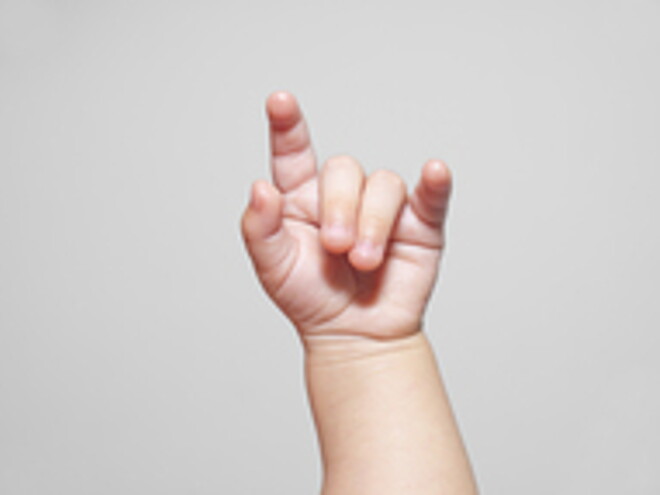
لغة الإشارة لدى الأطفال
Teaching Your Baby Sign Language
From the moment they’re born, your baby has a lot to say. Whether they’re rubbing their eyes when they’re tired to reaching their arms up when they want a cuddle, they’ve got ways to tell you how they’re feeling. Here are some baby sign language cues to look out for.
- Ask yourself if the baby’s tired. Look out for a slow build-up of grunt-like cries and rubbing eyes.
- Figure out if they’re in pain. Often signaled with a sudden high-pitched shriek followed by a big breath and another shriek.
- Find out if it’s colic. Watch out for regular shrieking in the late afternoon or evening for up to a few hours. Their face may become flushed, scrunched up, and they may clench their fists, draw their knees up to their tummy, or arch their back.
- Could baby be angry? Look out for loud crying while going red in the face.
- Remember they might feel ignored. Yelling and shouting could be a hint.
- Watch out for signs of fear. Baby may freeze on the spot.
- Ask yourself if they’re hungry. They might be hunting for the breast or fidgeting and sucking fingers, your shoulders, or even your nose or chin!
- Remember they’re learning to talk. Regular babbling means they probably just want a friendly conversation.
- See if they want something. Once they learn to point, they may get good at giving instructions.
- Find out if they just want a cuddle. Baby will soon start to raise her arms to let you know.
- See if they want to play. Hiding their face behind their hands could be a good time for peekaboo.
- Look out for signs your baby is content—an angelic little face smiling back at you!
Related articles

How can I make sure my baby sleeps well?
When will my baby sleep through the night? Is it normal for my baby to wriggle when sleeping?
3 mins to read

Oral Thrush: Signs and Remedies
What You Need To Know About Thrush In Babies!
2 mins to read

How Many Naps Does Your Baby Need?
Baby Naps: The First Year
2 mins to read
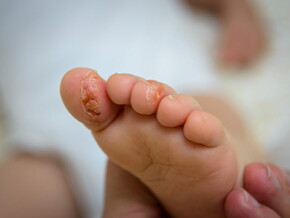
Eczema In Children
Atopic Dermatitis: Causes, Signs and Treatment
2 mins to read

Diaper Rash 101
Diaper Rash: Causes, Symptoms And Treatment
3 mins to read

Is Co-Sleeping Safe For Your Baby?
Bed Sharing With Infants: What Mothers Need To Know!
2 mins to read

Childhood Asthma
Childhood Asthma: Causes, Symptoms And Treatment
3 mins to read
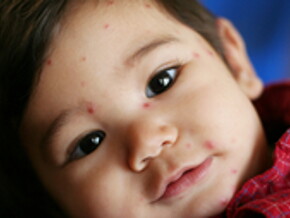
Childhood Diseases And How To Prevent Them
Childhood Diseases - What Mothers Need To Know!
3 mins to read
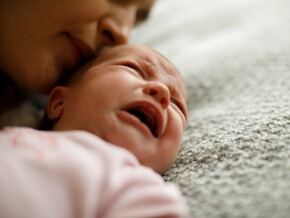
Baby tummy problems
Baby tummy problems? If only they could tell you what’s wrong. Until we locate a baby whisperer, here are a few ways you can help an unsettled baby.
2 mins to read

What You Need To Know About Your Child’s Immune System
How To Boost Your Child's Immune System The Right Way?
3 mins to read

Baby immunizations
Immunization time—gulp! Your baby’s first injections can be upsetting for you as parents and your babies. If you are anxious, your baby may pick up on your feelings so try to stay calm.
3 mins to read

Growth Chart for Babies: Size & Growth Timeline
See How Your Baby Grows Age By Age!
1 min to read
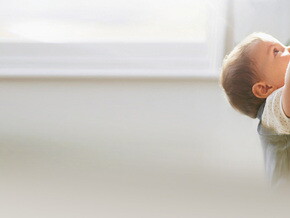
THE IMPORTANCE OF OPTIMIZED PROTEIN IN EARLY CHILDHOOD
Growth and development are fastest during early childhood.
4 mins to read

Watch out - diarrhea!
My baby has had diarrhea for two days. Is this normal or should I be seriously worried? Is it possible to avoid diarrhea?
2 mins to read

How your baby develops
Pregnancy is an exciting time, full of changes and anticipation.
2 mins to read

Teething Signs And Remedies
Learn About Baby Teething Symptoms And Common Soothing Remedies!
2 mins to read

Finding out why babies cry
Wondering why babies cry? If you’re struggling to understand what your baby is trying to tell you, check this list for possible clues to help.
2 mins to read

Why more iron at 6 months?
On turning 6 months old, it’s natural that your baby’s iron stores start depleting. Hence it’s important that you give your baby iron-rich foods. Read the article to know more.
1 min to read
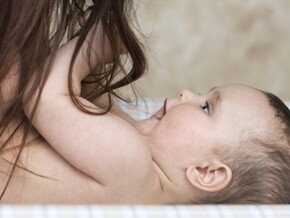
Your Newborn Development From A To Z
Child Development: 0-18 Months
3 mins to read
